Hey, ever wonder why Ford spelled it Galaxie instead of Galaxy?
We’ve often mused about that ourselves, but were too lazy to ever research an answer—until this incredible 1968 Galaxie 500XL rumbled into the Summit Racing Retail Store parking lot earlier this summer.

Why Galaxie?
Honestly, it’s a pretty easy answer. In 1957, Ford revealed a new space-age concept car that used the French spelling “La Galaxie” to cash-in on the popularity of the nascent space race.
(Obviously, the Blue Oval wasn’t alone here, as a simple glace across an automotive history book will reveal plenty of other space-age car names from the era, like Starfire, Futura, Polara, Satellite, Comet, Meteor, and Nova.)

Why’d Ford use the French spelling is anyone’s guess, but Buick had released its LeSabre concept car a few years prior—and let’s not forget other French names like Corvette, Grand Prix, and Coupe De Ville—so maybe the French provenance had some perceived elegance or cache?
At any rate, the Galaxie concept car was a hit and Ford parlayed its popularity into its passenger car naming convention by adding it as a trim level on the popular Fairlane midway through 1959. A year later, the Galaxie name returned as a standalone model, where it would remain as Ford’s full-size entry until 1974.
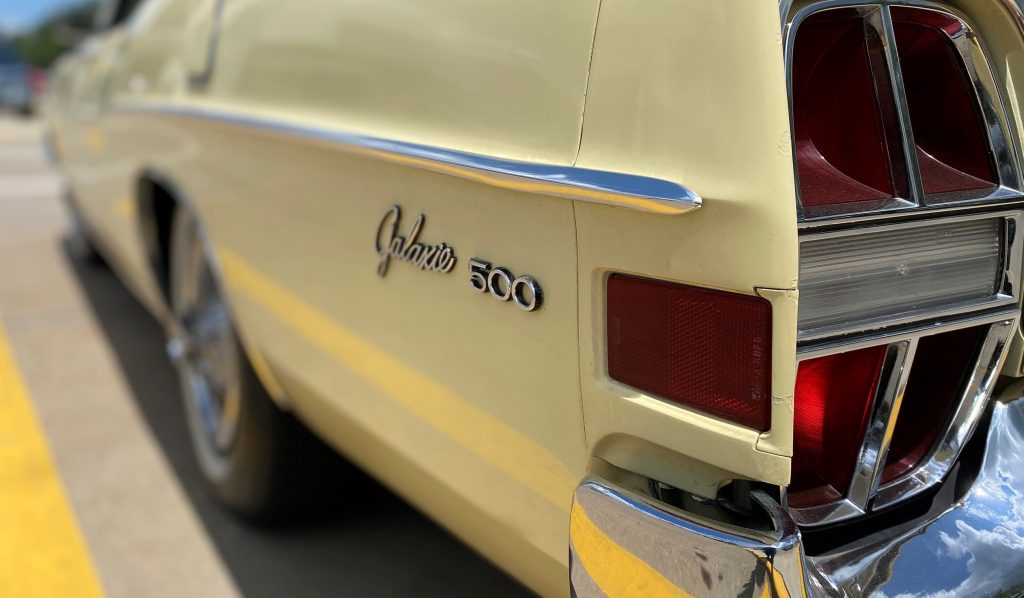
OK, So What Does Galaxie 500 Mean?
But even though we now understand the whole Galaxy/Galaxie thing, we’re still only about halfway home on this Lot Shots feature. That’s because this particular ride is a Galaxie 500XL.
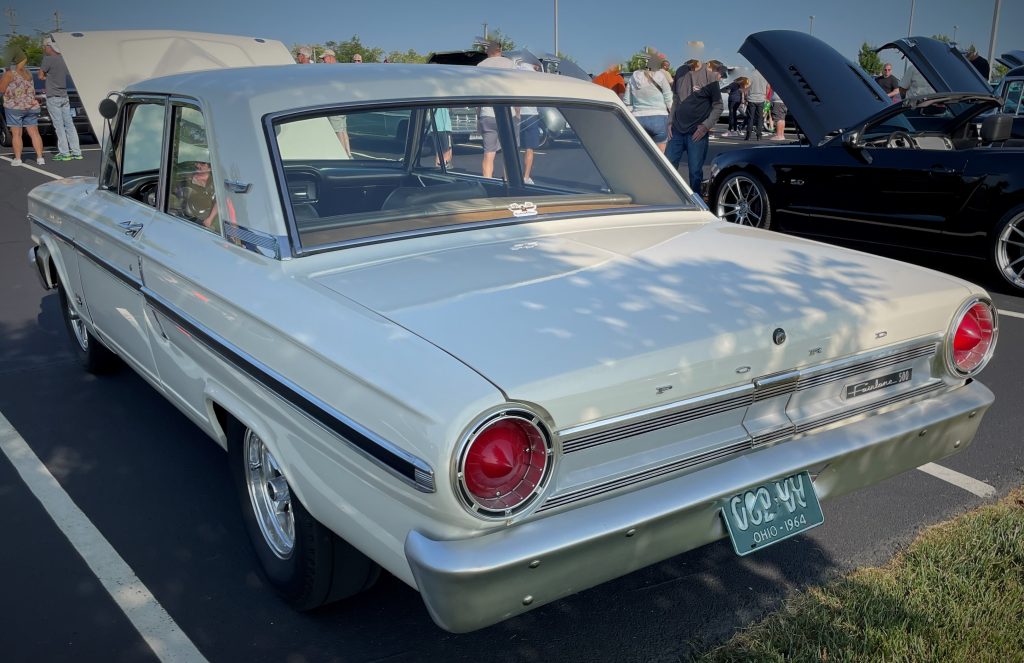
The 500 suffix essentially denoted the top trim level on the Galaxie—or at least close to the top, anyway.
Depending on the year, clicking the 500 box on the Ford options sheet got you some more shiny bits, a fancier interior, and other amenities separate from the base models.
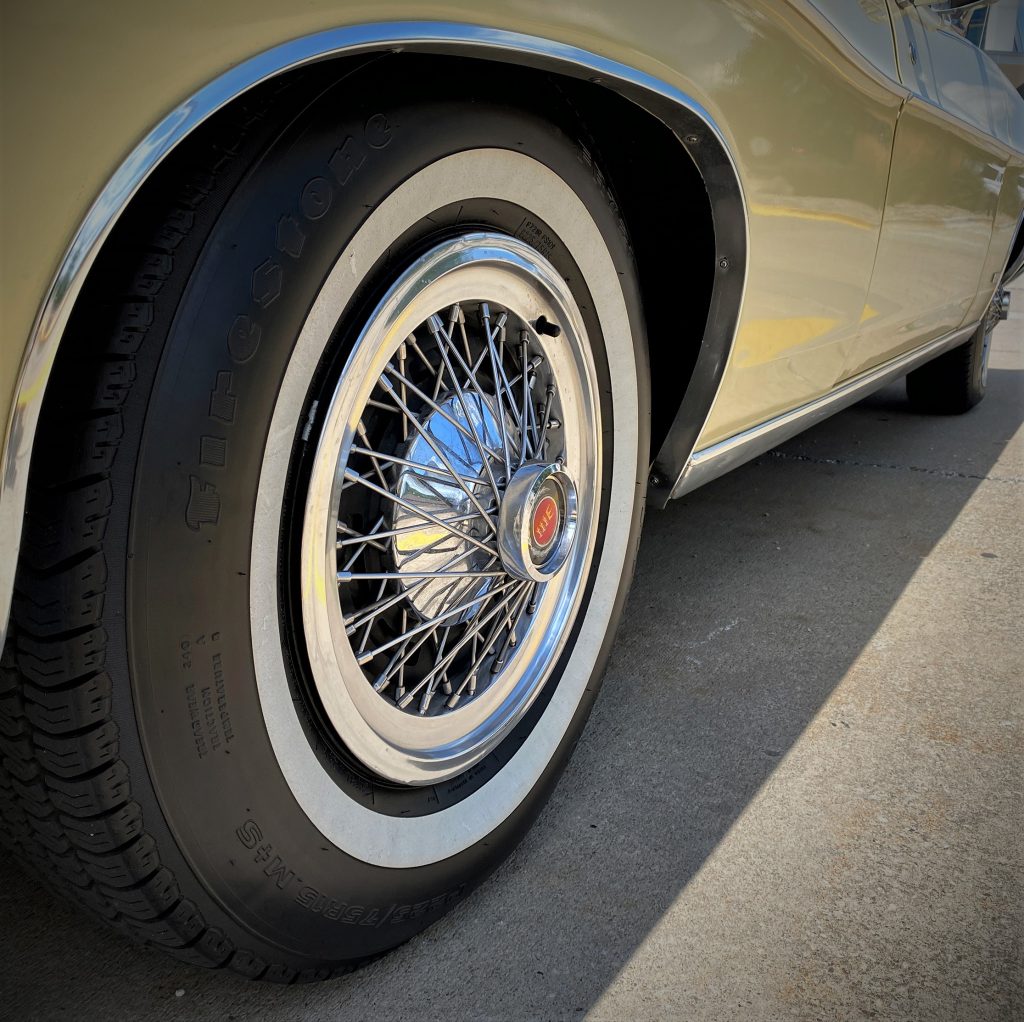
Now, About That XL
In its ads and brochures, Ford referred to the XL package as the “Extra Lively” option which meant, depending on the year, that the XL tag gave the car a bit more of a performance persona. And yes, you could option your way up to the mighty Q-code 428ci V8 and its 340 ponies if you wanted to.
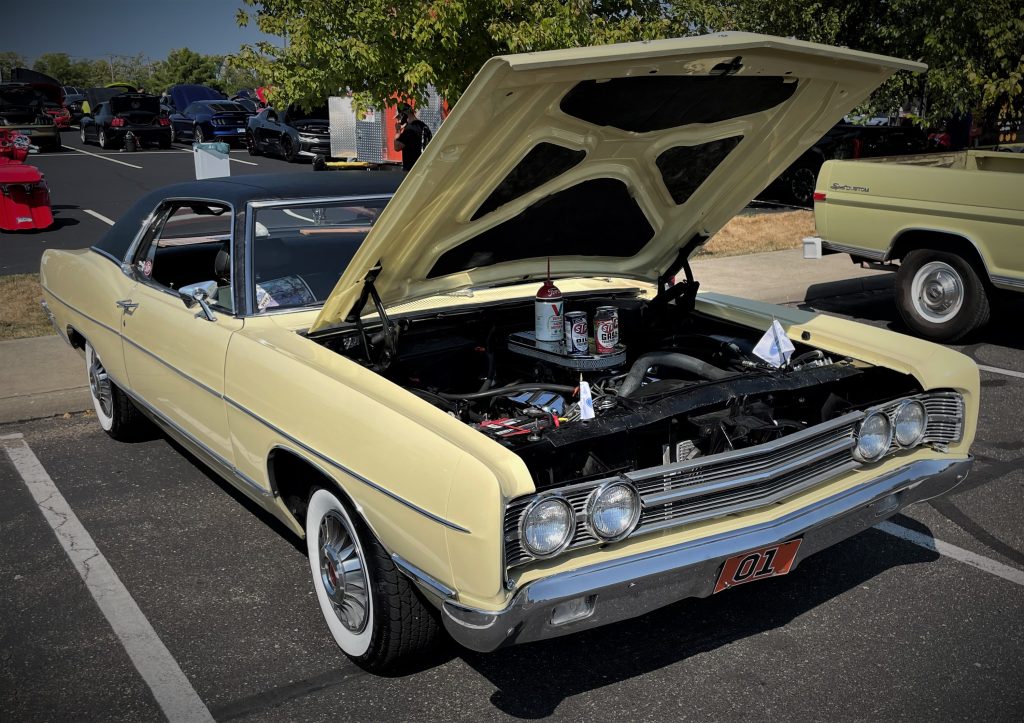
As an added bonus during the late 1960s, both the XL and LTD trimmed cars got a unique grille with nifty hideaway headlights.
We briefly spoke to this Galaxie’s owner and he told us this car still carries its original 390 FE V8 which, in 2V spec, meant it’s making a factory-rated 265 horsepower.
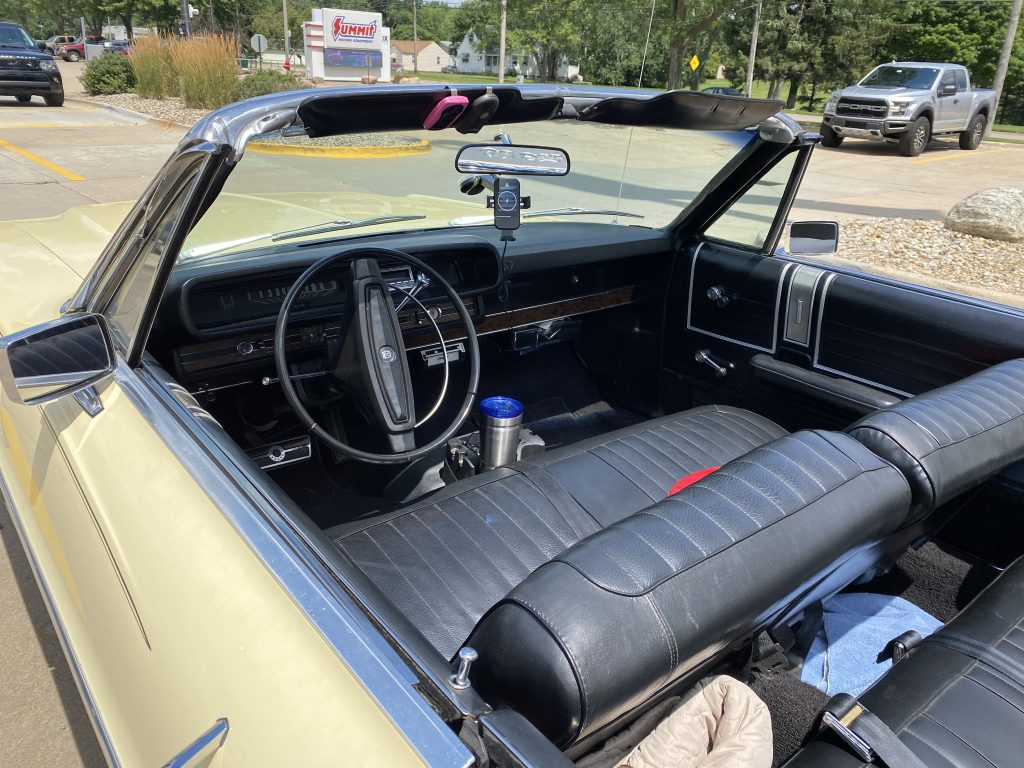
With a power top, ample seating for at least five, and plenty of oomph from the 390, we bet this 1968 Ford is an absolute blast to drive—and given a lengthy explanation behind the “Galaxie 500XL” taxonomy, it probably creates plenty of good conversations wherever it arrives.
You may enjoy this article too: Lot Shots Find of the Week, a 1964 Ford Galaxie 500 XL
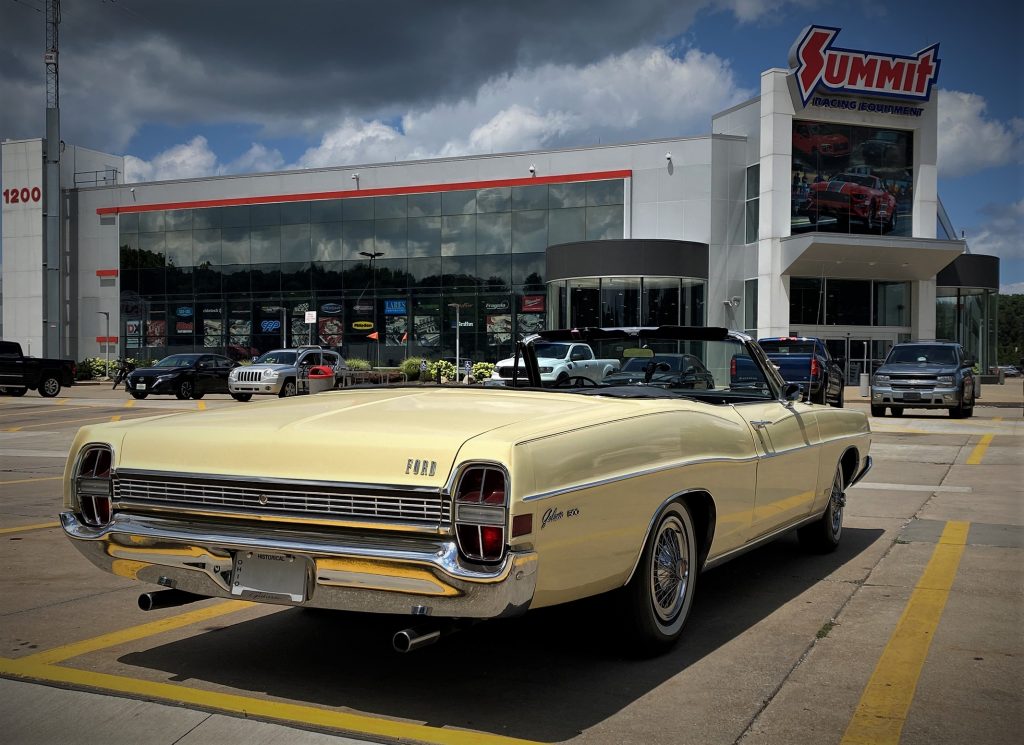

Comments